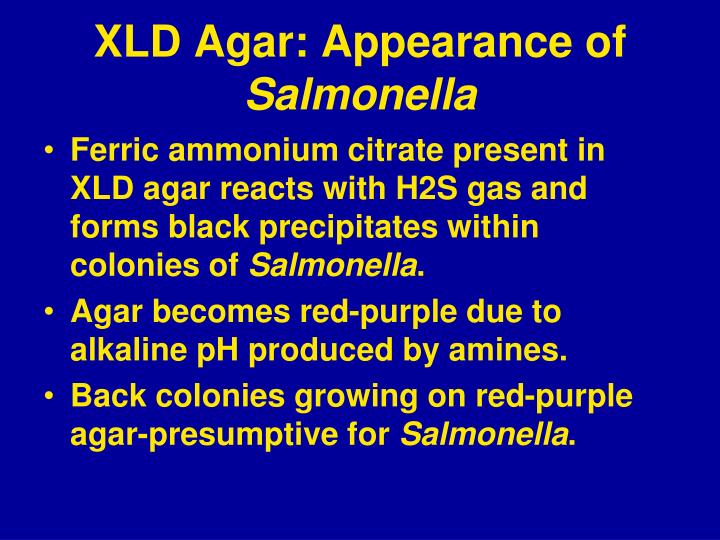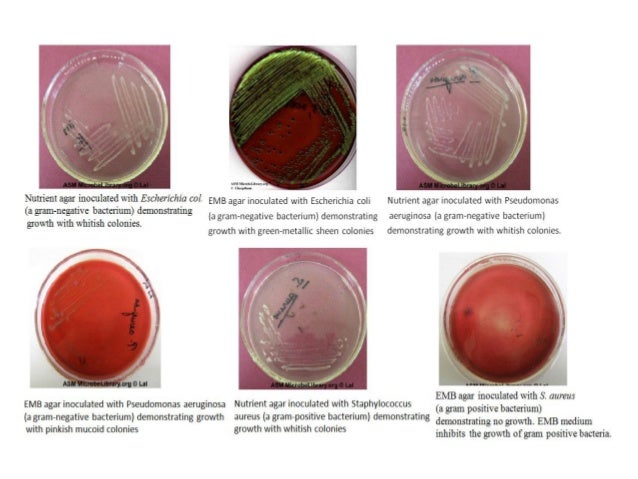

The primary goal in a diagnostic microbiologiy laboratory is the rapid identification of a pathogen. Identification of organisms of the family Enterobacteriaceae constitutes a considerable proportion of the workload in many clinical microbiology laboratories. The direct identification of enteric pathogens on the medium may also provide a more rapid diagnosis. may limit the number of media needed in the typical laboratory. We conclude that the performance of the SSI enteric medium compares favorably to those of other media tested. grew excellently on both the SSI enteric medium and CIN agar. Detection rates after application of 200 CFU were 99% for SSI enteric medium, 92% for XLD, 88% for HE, and 82% for SS agar. on the SSI enteric medium, xylose lysine deoxycholate (XLD), Hektoen enteric (HE), Salmonella-Shigella (SS), and cefsulodin-irgasan-novobiocin (CIN) agar were compared. The growth rates of 125 enteric pathogens and 12 Yersinia spp. Most enteric pathogens had a detection limit of 50 bacteria per ml of feces, but higher numbers of Vibrio spp.

Gram-positive bacteria did not grow on the SSI enteric medium. Forty-three of 47 enteric pathogens (92%) produced identical rates of semiquantitative growth on the SSI enteric medium and 5% blood agar, whereas three Vibrio spp. Only 10 of 248 bacteria (4%) showed discrepant results in the biochemical reactions, and none of these were enteric pathogens. All 248 gram-negative bacterial species that were tested grew on the SSI enteric medium. Six different biochemical reactions can be read by using the SSI enteric medium, allowing direct identification of a range of enteric pathogens. The efficacy of the Statens Serum Institut (SSI) enteric medium for isolation and direct identification of enteric pathogens was evaluated.


 0 kommentar(er)
0 kommentar(er)
